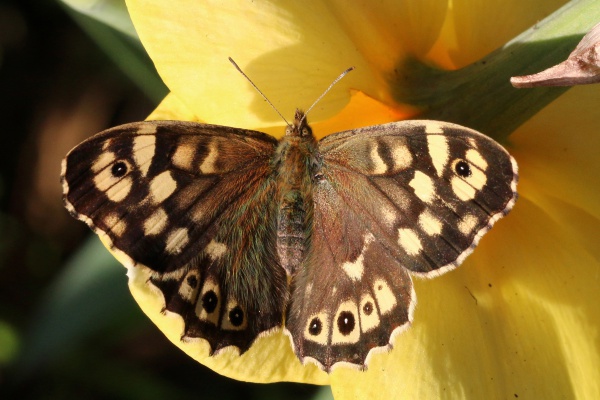Facts About Speckled wood (butterfly)
The speckled wood butterfly, belonging to the Pararge genus, flourishes in woodlands throughout the Palearctic region. It is captivating due to the existence of several subspecies, each exhibiting unique color patterns and physical traits resulting from gradual variation across their range.
These butterflies primarily feed on various grass species. Males exhibit intriguing behaviors for mate selection, such as defending territories or patrolling areas, with their strategies adapting according to environmental conditions.
You can find speckled wood butterflies in diverse habitats, from dense forests to urban parks. Their wing patterns and sizes vary based on their living environment. They have multiple flight periods each year and overwinter either as pupae or partially developed larvae. As caterpillars, they consume different types of grass, and as adults, they sip nectar.
In terms of mating, females usually mate with only one male, while males can mate with multiple females. Males either defend a territory or roam to find potential mates. Environmental factors heavily influence these behaviors, and disputes over sunny spots can become quite intense during mating season. Both male and female butterflies display some asymmetry in their wings, with males having a consistent pattern likely due to genetic factors.
The reproductive success of female speckled wood butterflies is linked to their body size and egg-laying habits. Generally, the larger the egg, the fewer eggs she lays. Males contribute to reproduction by providing a nutrient-rich package called a spermatophore during mating. The size of this package can affect the number of offspring and the female’s overall reproductive health.
Other similar butterflies, like Pararge xiphia and Pararge xiphioides, are found in specific regions. The survival and adaptability of the speckled wood butterfly are closely tied to its environment, showcasing a complex interplay of ecological and behavioral factors.

 Ireland
Ireland